Overview
Map
Other Details
نبع الأربعين شهيد
Yammouneh
Baalbek
Baalbek-Hermel
نبع الأربعين شهيد - اليمّونة هو نبعُ ماءٍ طبيعيّ بقربه آثار رومانيّة. هذه الآثار تحوّلت إلى كنيسةٍ وديرٍ في العهد البيزنطيّ، وحافظ المكان على الإسم الذي يشير إلى شهداء سبسطية الأربعون. " The Fountain of the Forty Martyrs - Yammouneh" The fountain is a natural water source. Near the source, the Romans built some structures that were later converted into a church and a monastery during the Byzantine era. The ruins of the buildings are still visible, and the place has retained its dedication to the forty martyrs of Sebastopolis.
Visited 2141 times, 1 Visit today


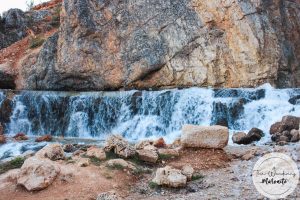
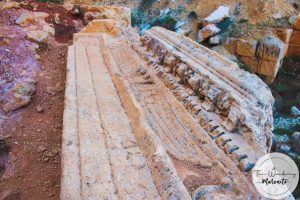
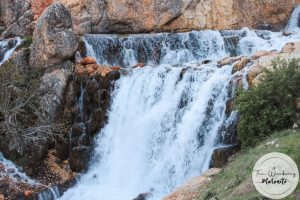
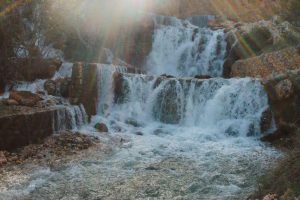
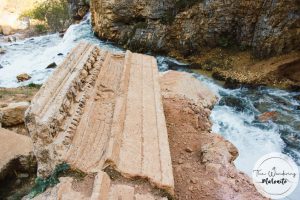
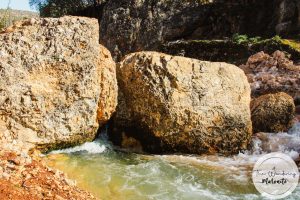






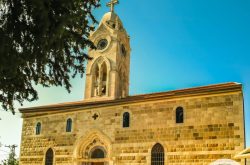
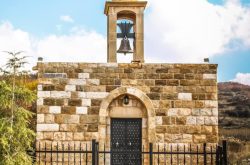
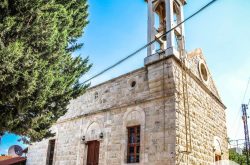
Reviews are disabled, but trackbacks and pingbacks are open.